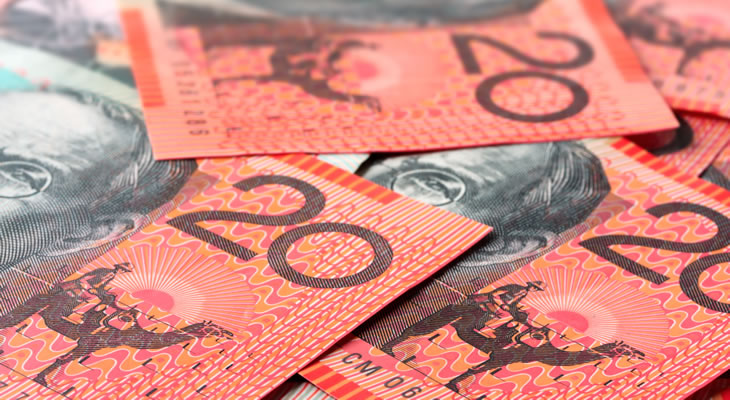The outlook for the Pound Australian Dollar (GBP AUD) exchange rate grew increasingly positive on Friday (despite some robust Chinese trade data) on news that Westminster has been given the green light to move onto the next phase of Brexit negotiations with the EU.
Chinese Trade Data Proves Robust, ‘Aussie’ Dollar Storms Ahead
The Australian Dollar has had a difficult week for the most part; hammered by a trifecta of volatile commodity prices, a strong US Dollar and particularly soft ‘Aussie’ data prints.
In regards to ecostats, the most pertinent two were the Australian trade surplus reading, which narrowed by almost 93% in October, (well below market expectations of AUD 1.4 billion and the previous AUD 1.6 billion), and some very weak consumption data within Wednesday’s GDP numbers.
Nonetheless, the ‘Aussie’ Dollar was given a brief reprieve on Friday, when China’s November imports smashed expectations with annual gains of 17.7% – further underlining a voracious appetite for industrial commodities such as iron ore and coal; two of Australia’s primary exports.
This quickly pushed the GBP AUD exchange rate back into the Australian Dollar’s favour.
Brexit Deal Lifts Near-term Pound Australian Dollar (GBP AUD) Exchange Rate Outlook
After a small collapse in negotiations at the start of the week, the UK government has now finally secured a deal with the EU, potentially allowing Brexit talks to progress onto the next phase.
Westminster has secured agreement on three primary issues; the first being the assurance that there will not be a ‘hard border’ in Ireland, the second being that the rights of EU citizens in the UK (and vice versa) will be protected, and the third being the divorce sum, which is currently calculated to be around £35-£39 billion.
The Pound Australian Dollar (GBP/AUD) exchange rate did not, however, see much of a jump in demand after this news, with markets seemingly hesitant to invest too heavily into Sterling.
This was partly due to reports by various EU officials that transition talks will not be able to take place until early 2018.
Beyond this, nothing is yet set in stone, with change still possible on all fronts.
Nonetheless, some economists claim that the Pound is undervalued.
Viraj Patel, Foreign Exchange Strategist at ING Bank has asserted as much, stating:
‘While agreeing a ‘divorce bill’ has little economic significance for the price of GBP, the political significance of progress in Brexit talks is quite profound. A Brexit transition deal is the antidote for GBP’s uncertainty-driven weakness; markets are underestimating the cyclical economic benefits this would bring’.
UK Inflation Forecast Raises Hopes for Hawkish BoE, GBP AUD Exchange Rate Fails to Capitalise
The British public’s forecast for inflation increased to its highest level in almost two years, according to a Bank of England (BoE) survey on Friday.
The poll revealed that public expectations for inflation over the next two years increased to 2.9%, up from the previous expectation of 2.7%, whilst the five year forecast jumped to 3.5%.
This news is significant in that last month the BoE raised its key interest rate for the first time in over a decade, whilst also signalling plans for gradual, ongoing rate hikes over the next few years.
Now some 63% of the public polled expect interest rates to increase in 2018, a hawkish outlook that could eventually drive demand back to the Pound.


Comments are closed.